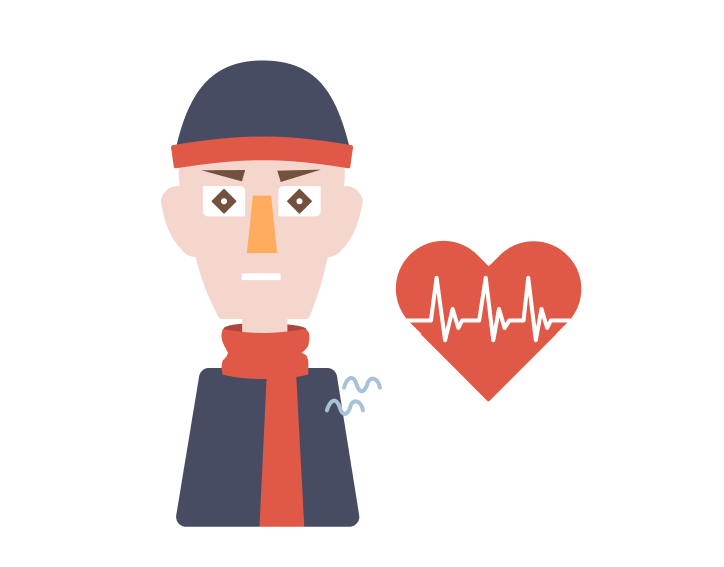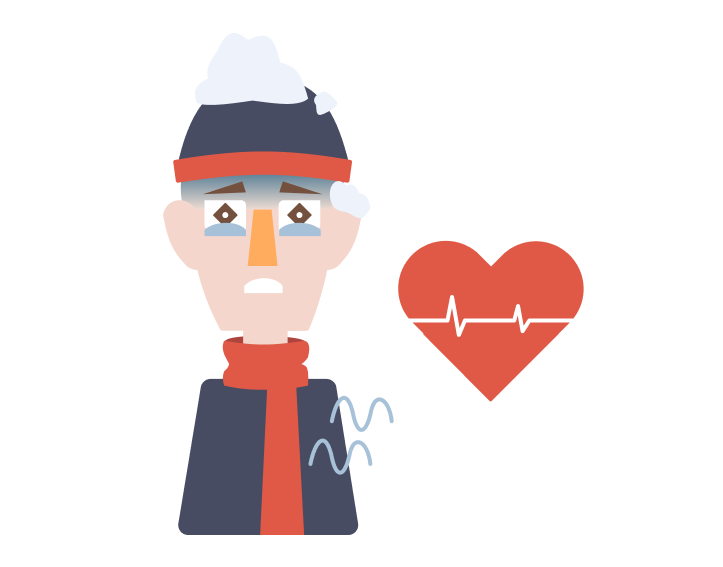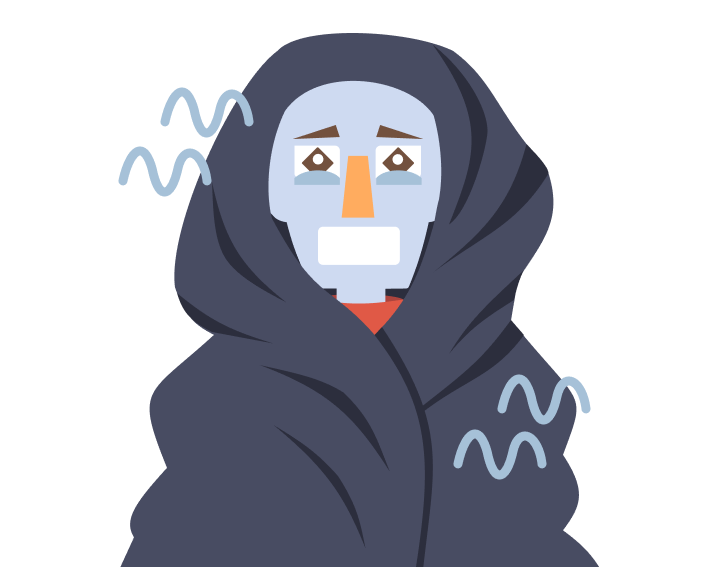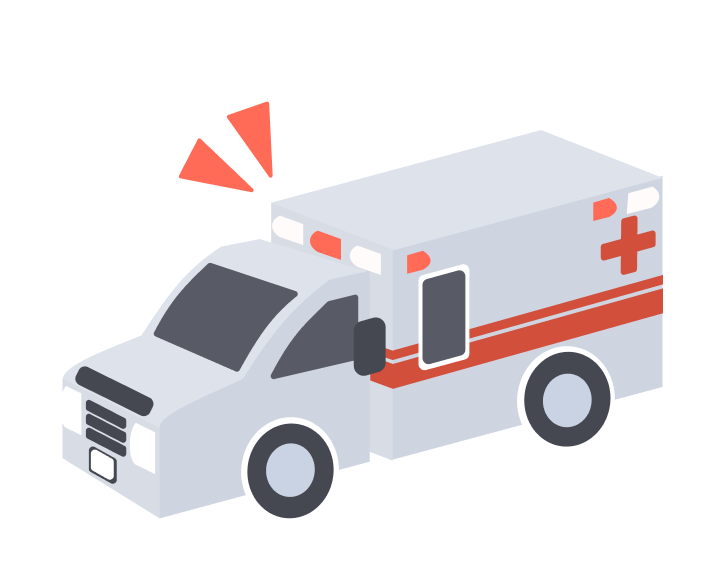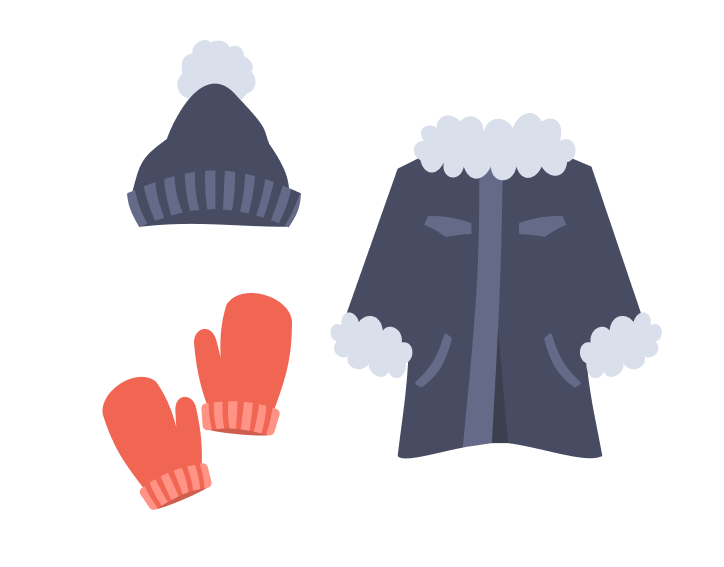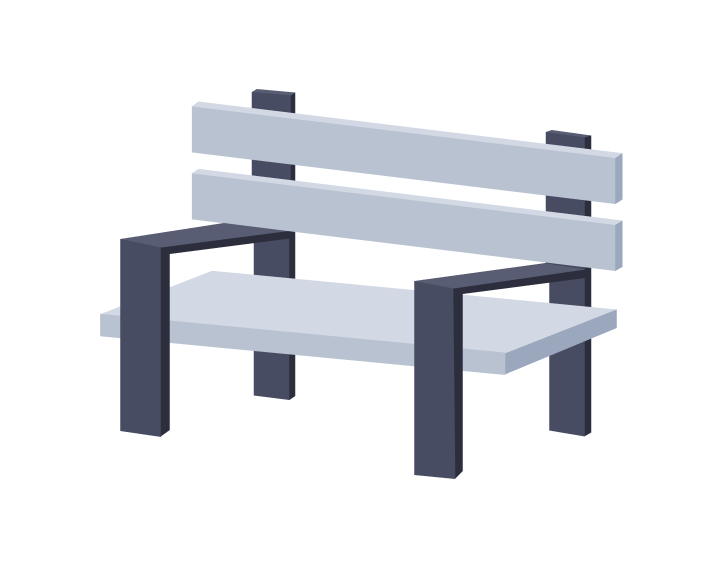Hypothermia First Aid
General First Aid:
Victims of mild hypothermia have mild symptoms. They are still conscious.
- Remove wet clothing and get the victim into warm, dry clothes.
- Wrap the victim in warm blankets — make sure the victim’s head is covered.
- Place something warm and dry under the victim, and move the victim to a warm environment.
- Handle the victim gently and minimize his or her exertion.
- Do not suppress shivering, even if violent. Shivering is the most effective way to generate body heat.
For Moderate/Severe Hypothermia:
Victims of moderate to severe hypothermia have an altered level of consciousness and fluctuating changes to their heart and respiratory rate. They may be shivering and their core body temperature is usually below 33˚C.
- Handle the victim gently. Rough handling can cause heartbeat irregularities and death.
- Check for airway obstructions and breathing or circulation problems and take appropriate action if there are any abnormalities in these areas. Initiate CPR only if there is no pulse present after a full one-minute assessment.
- If CPR is necessary, assist breathing at 10 to 12 breaths per minute. Do not start cardiac massage unless it can be continued effectively without a break. It is more dangerous to start, stop, and re-start CPR rather than to wait until proper care is available.
- Do not give anything by mouth because of the high risk of vomiting.
- If available, heated, humidified air or oxygen should be administered.
- Continue first aid treatment even if the victim appears lifeless. The body can sometimes survive for hours without signs of life at very low body temperatures.
- Know how to assess hypothermia and give help when it is needed, even if the victim resists help. The victim may be confused and unaware of what is happening and may deny assistance when it is needed.
- Arrange rapid transport to the nearest medical facility.

